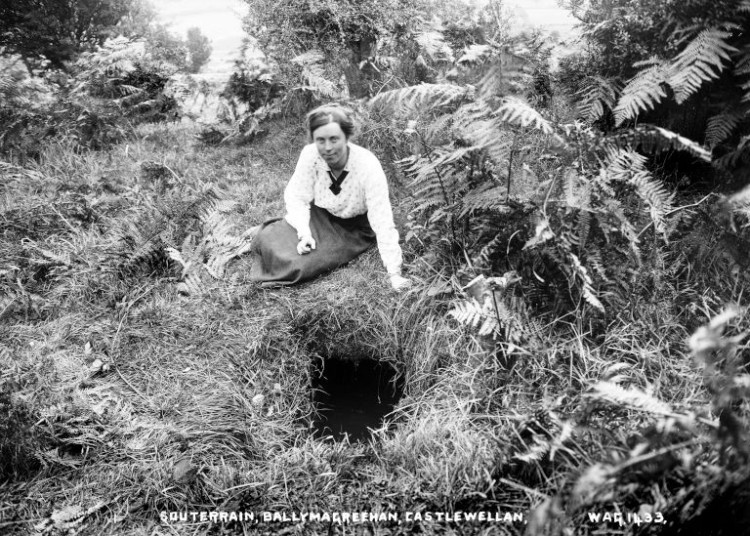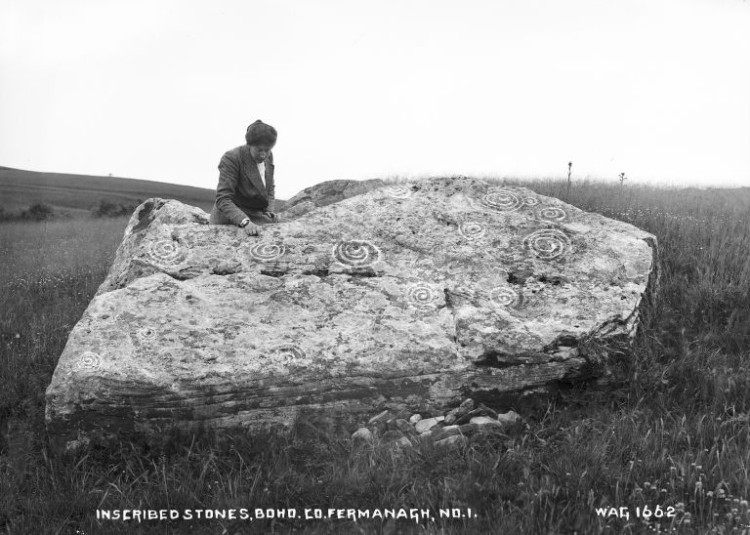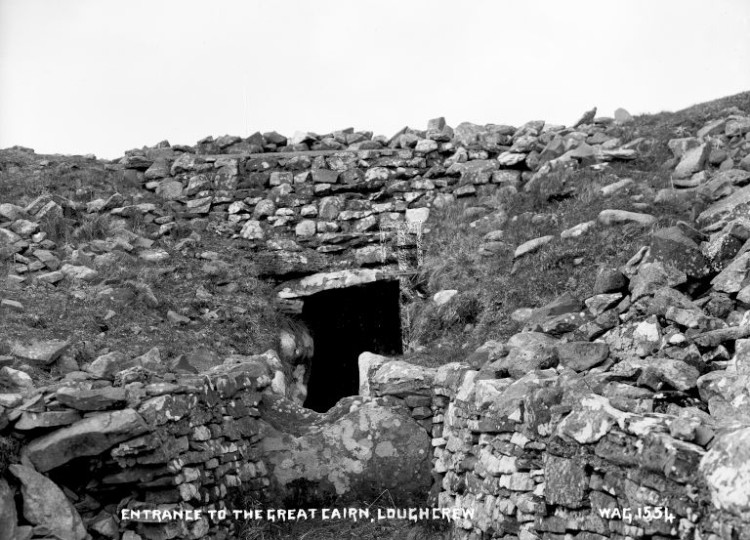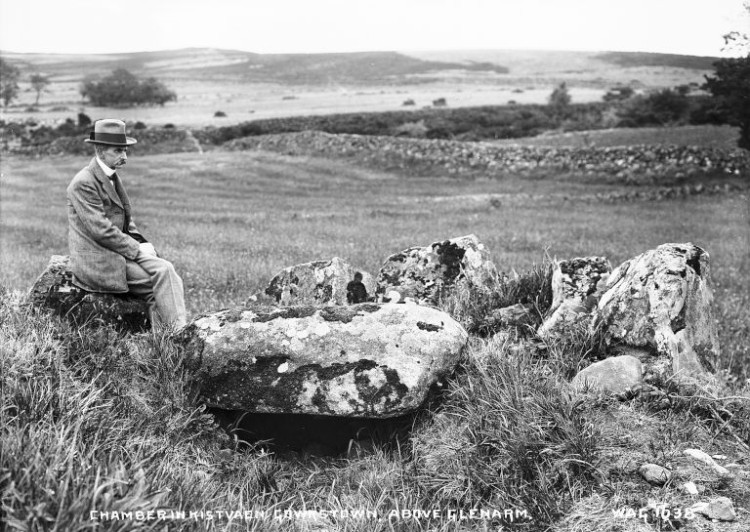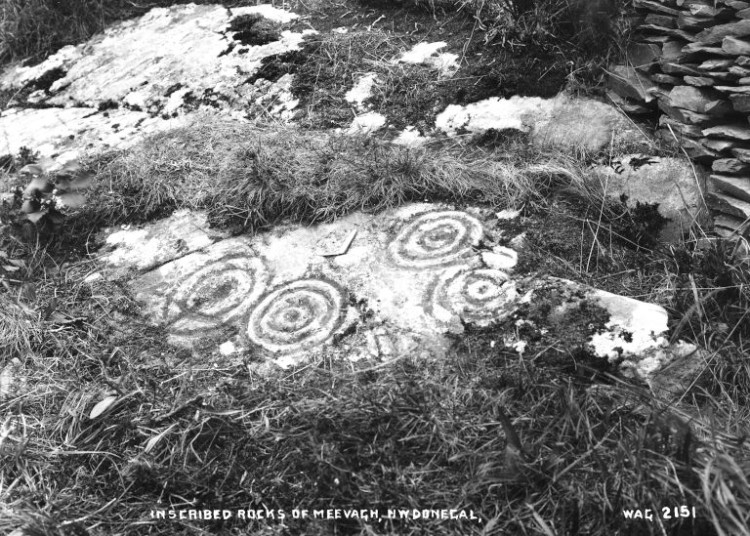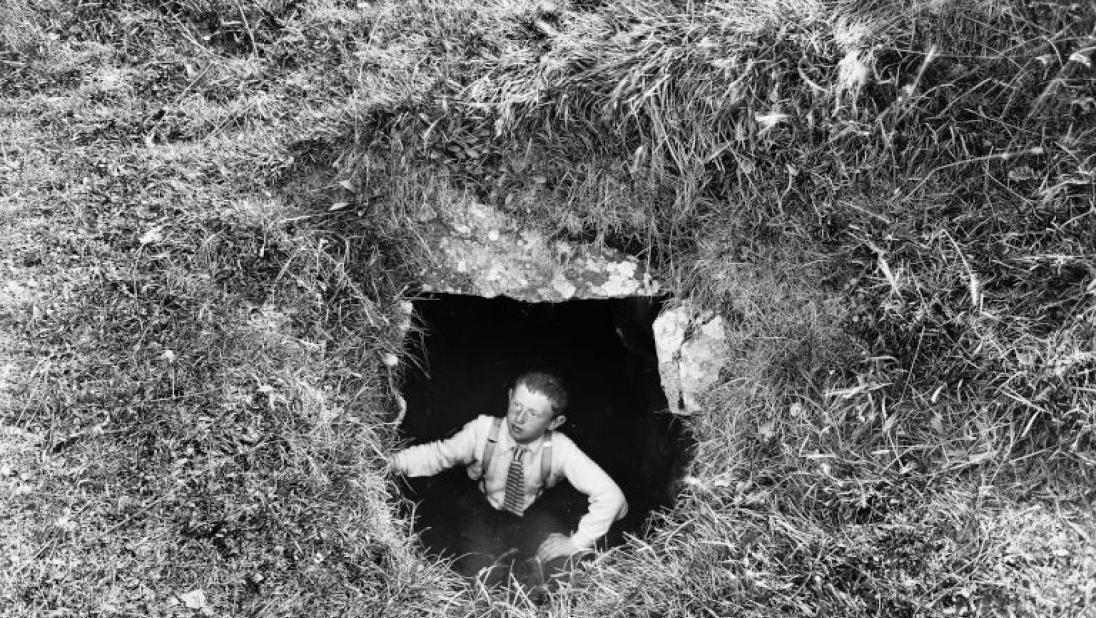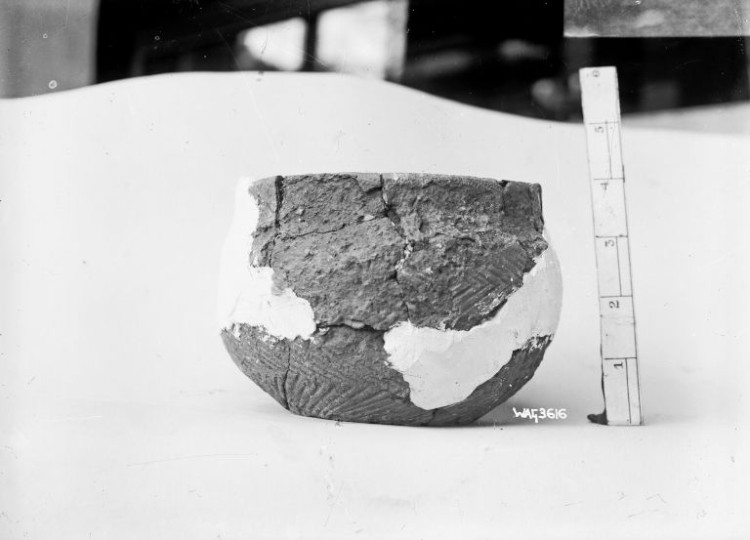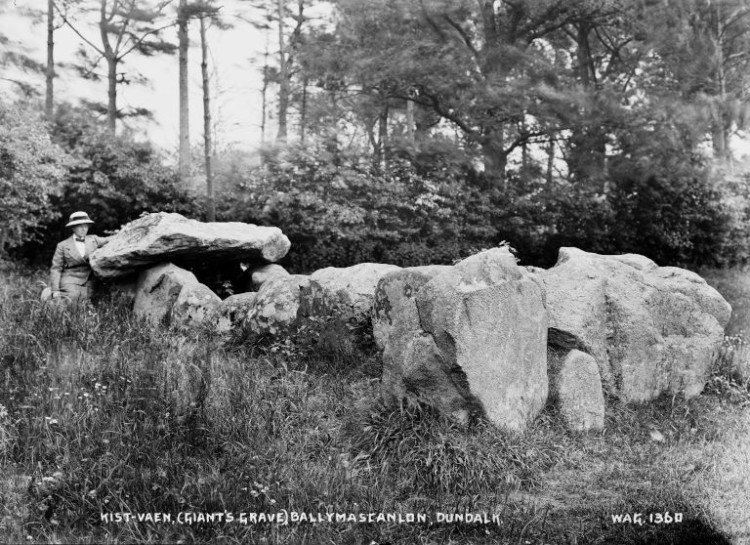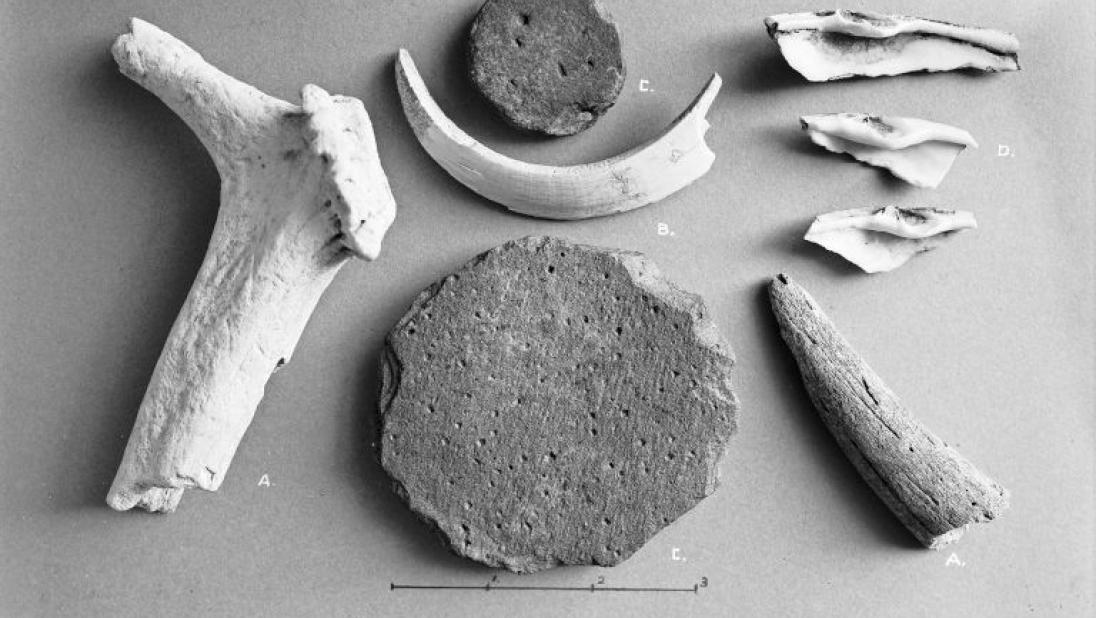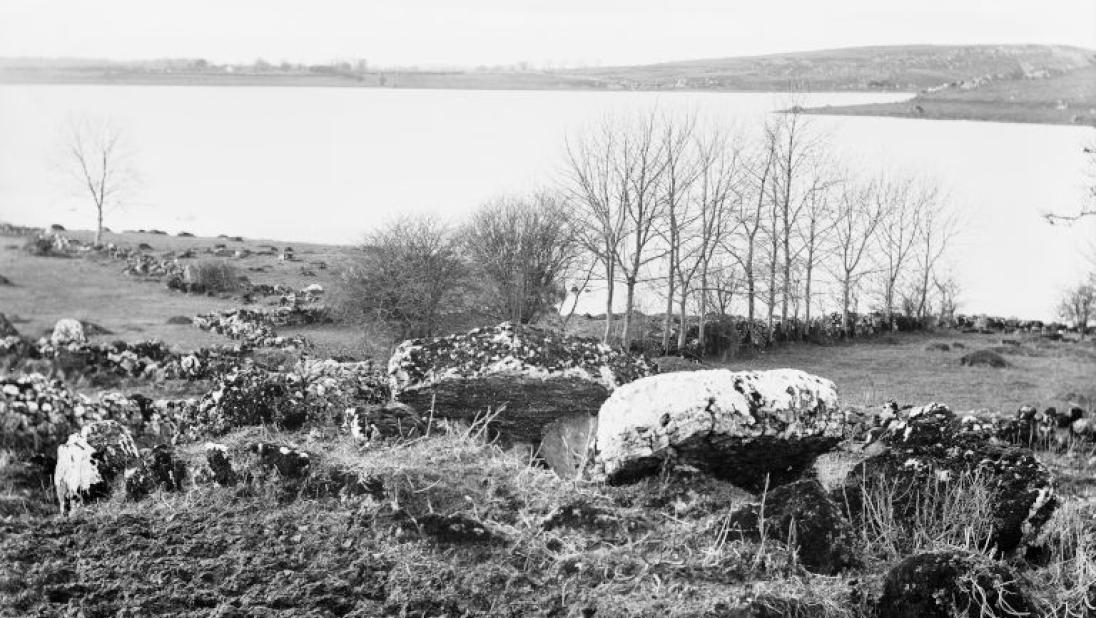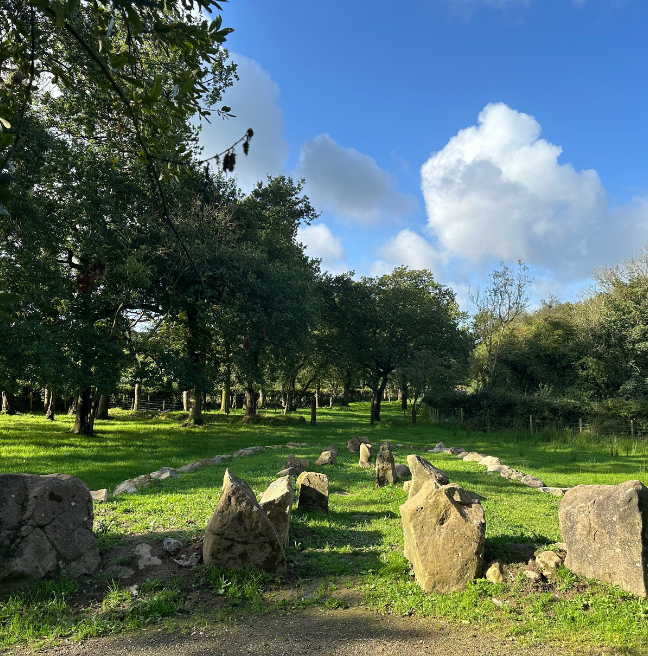
The Giants' Graves of W. A. Green
As the Ballintaggart Court tomb arrives at the Ulster Folk Museum, we explore how the people of Ulster viewed archaeological monuments in the landscape.
W. A. Green
William Alfred Green was born in Newry, Co. Down, in 1870. His grandfather was the eldest brother of Forster Green, a Belfast tea and grocery merchant. William’s father followed in his footsteps and established a tea and grocery business in Newry.
The earliest dated photograph in the collection is from 1887, which suggests that William's passion for photography started in at least his teens. Having lost both of his parents by the time he was 20, he was apprenticed to the grocery business of his granduncle Forster in Belfast.
William developed a keen interest in the Belfast Naturalists' Field Club, which he had joined in 1895, and later became a Fellow of the Royal Society of Antiquaries of Ireland. By the time of the 1911 census, William was working as a photographer's assistant.
Throughout the course of his life, he travelled the island of Ireland, photographing natural and cultural landscapes.

Inspiration
Archaeological monuments were a source of interest and inspiration for people of the time.
W. A. Green captured a wide variety of monuments on his travels, which often included the whole family joining in the excursions. Many of his photographs of souterrains feature his son, Edmund, to whom he was close.
Fairy Forts and Giants' Graves
Green’s interest in monuments may have been stoked by his membership of Royal Society of Antiquaries of Ireland or the Belfast Naturalists' Field Club, which retains an archaeological wing. During the 1800s and early 1900s, popular interest in science, arts and antiquities was quickly growing.
Local folklore also encompassed and tried to account for archaeological structures – from ‘fairy forts’ to ‘giants' graves’.
